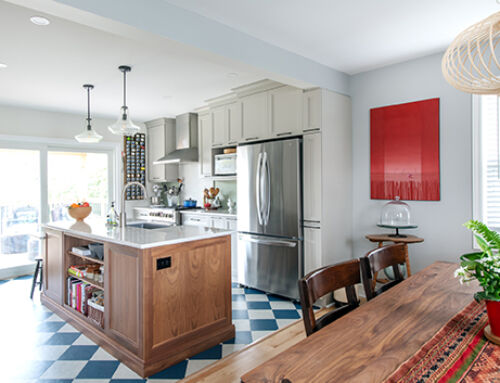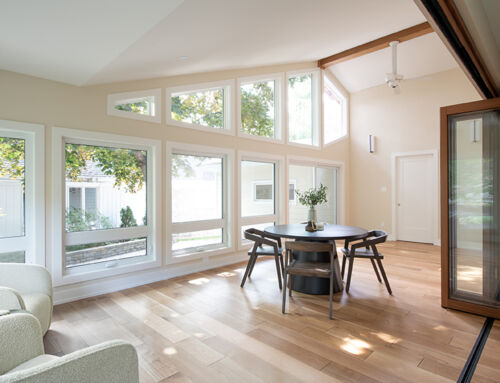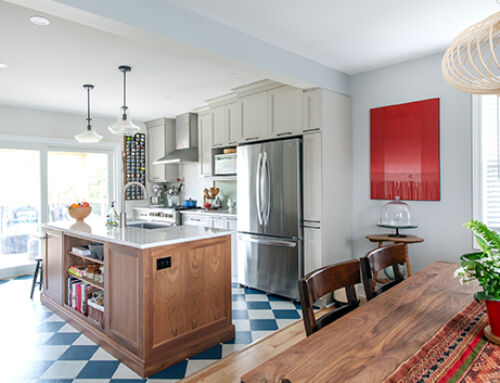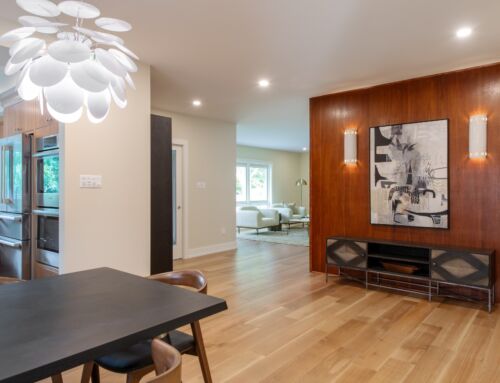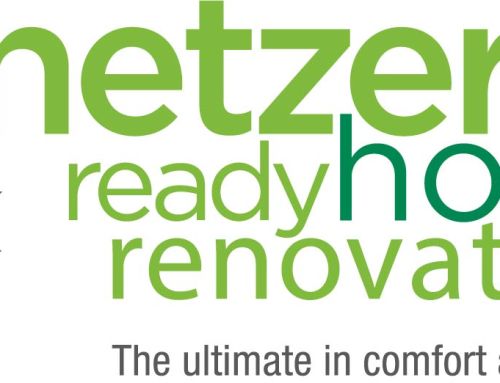A first for Lagois – and Ottawa
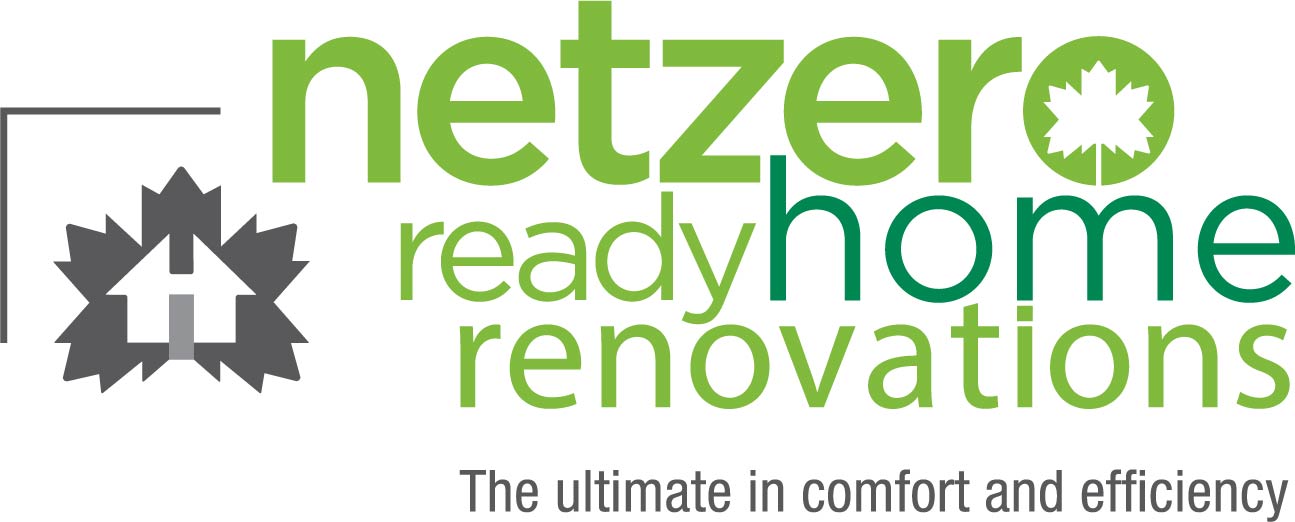
What’s a Net-Zero-ready renovation?
The team at Lagois Design-Build-Renovate can tell you firsthand because they’re celebrating their achievement of the very first Net-Zero Ready renovation in the city of Ottawa.
It’s something that sets the company apart as a true leader in environmental renovation.
Net-Zero-ready renovations are built to the same standards as Net-Zero homes except that the renewable energy system (i.e., solar panels) has not yet been installed. A Net Zero home produces as much clean energy as it consumes with superb insulation, windows and airtightness.
“We’re concerned about the environment,” said Betty, one of the homeowners of the newly renovated Net-Zero-ready home. “We want to do our part to help preserve it and protect it.”
Her husband, Bruce, agreed. “We’ve always been energy conscious,” he said. “My background as a scientist leads me to have a particular view of and respect for the planet.”
It was a challenging project. One of the first steps, explained Tom Felts, Lagois Site Supervisor, was to spray-foam all the exterior walls in preparation for air sealing and insulation upgrading. The Lagois crew used AeroBarrier, a sealant that covers any of the smallest cracks or holes throughout a house. It resulted in a 66 per cent reduction in air loss. The continuous seal around the whole house meant a decrease in the number of air changes per hour.
They also used an Energy Recovery Ventilator (ERV) that is designed to be connected into the HVAC system in a house. The ERV pulls fresh, clean air into the home and takes out stale or unclean air.
They installed an electric air-source heat pump that replaced both the furnace and air conditioner. It extracts heat energy from the outside air in winter to heat the home and extracts it in summer to cool it. It is much more energy efficient.
Tom Felts said the upstairs of the home was the biggest challenge for air sealing. “The poly vapour barrier on the ceiling was tricky,” he said. “We worked tirelessly to button up every little gap and crack to get the air changes per hour down.”
But they did it. The house is ready. Following a year of monitoring its energy consumption and home performance to assess its needs, this home, built in the 1950s with inefficient energy systems, will become fully Net-Zero.



